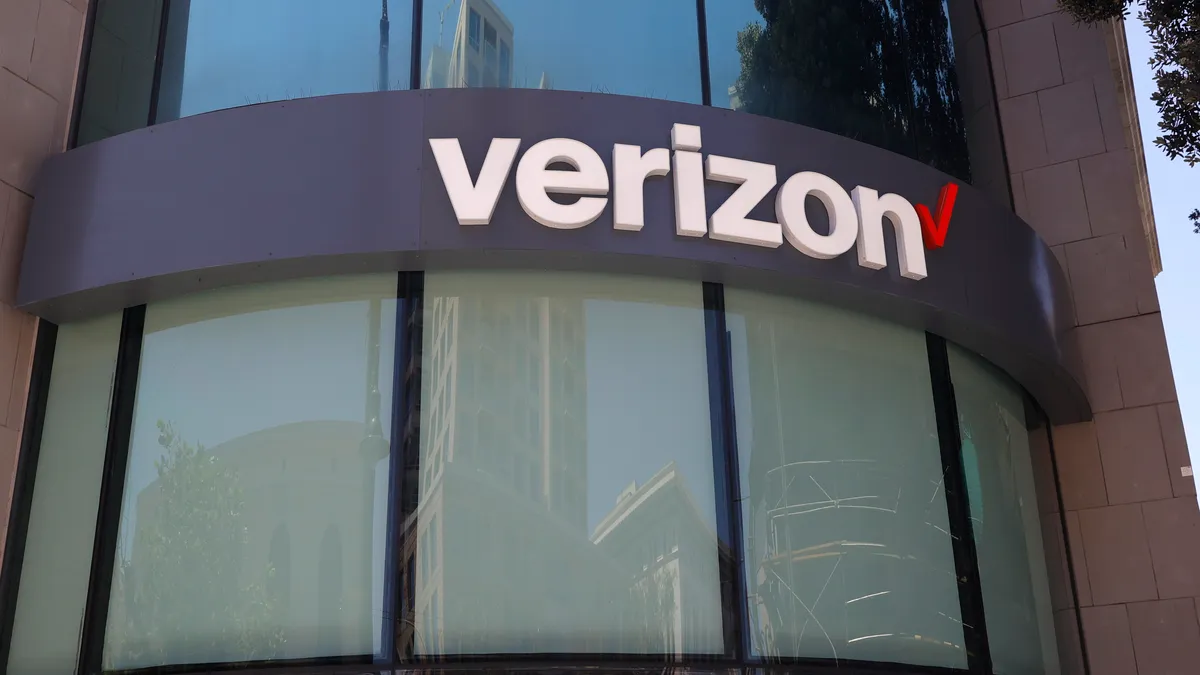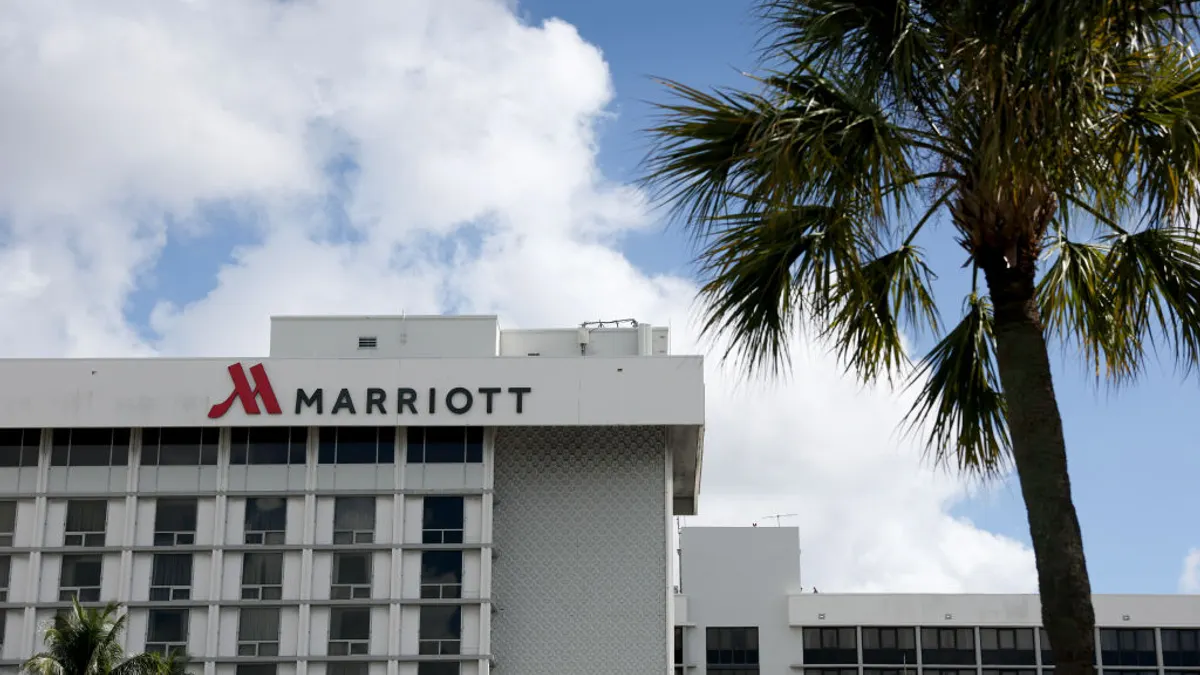NATIONAL HARBOR, Md. — If you haven't been the subject of a Family and Medical Leave Act (FMLA) audit, it's only a matter of time, Jeff Nowak, shareholder at Littler Mendelson, told attendees at the Disability Management Employer Coalition's 2019 annual conference Wednesday.
The U.S. Department of Labor (DOL)'s Wage and Hour Division has consistently received more than 1,000 FMLA complaints per year going back to the 1990s, according to government data. Even as the number of complaints has steadily decreased (from 2,132 in the agency's 2011 fiscal year to 1,011 received in its 2018 fiscal year), more than half of complaints uncovered violations in 2018.
These types of audits may start in one of two ways, Nowak said: 1) an employee files a complaint with DOL; or 2) the DOL requests an audit — and the employer is "flat out unlucky." Perhaps the most common complaints are those in which an employee is denied FMLA leave, per Nowak. The leave process may also trip up when dealing with issues like notice deadlines, recertification of leave or documentation of actions made by employees.
#1: Read the letter, find an attorney and employ the 'Jedi mind trick'
When DOL sends a notice of its intent to begin an audit, this is generally done via standard mail, but it may also do so with or without an email, Nowak said. The lack of a department letterhead on a letter is actually common, but a valid notice will always include the investigator's contact information.
Generally, the letter is addressed to the head of HR, but employers with third-party administrators (TPAs) might see those entities contacted instead. "TPAs are getting dragged into this audit mess as well," Nowak said. "It's a growing trend."
Finally, the letter will indicate when DOL plans to send an investigator on site. The turnaround time is typically quick, Nowak said, at times within the span of five days. Before calling back to confirm the notice, though, employers will want to find an attorney with specific knowledge of the FMLA, which is not a resource that many have in-house, Nowak noted.
The goal of calling the investigator is to learn the facts, though the letter itself will typically include specifics. "One way to know what you're in for is they'll name the employee in the body of the letter, they'll attach a list of information they want," Nowak said. The employer can then include questions about that specific employee during the call.
Nowak also said employers can employ a "Jedi mind trick," borrowing a page from "Star Wars." In the style of Obi-Wan Kenobi's line, "these aren't the droids you're looking for," employers should be attempting to explain that "this is not the employer you're looking for," Nowak said, describing the tactic.
Essentially, this means talking with the investigator in an effort to keep the DOL from coming on-site, per Nowak: "Let's talk about what happened here, and then let's determine if you have a need to come on site. We want to tell our story first before this becomes a grand investigation." Though not guaranteed to be successful, Nowak thinks it's worth a shot. "You don't want them on your property."
#2: Gather exactly what DOL wants
One basic element of this step is to prepare a position statement, in which the employer lays out its side of the story and describes in-depth what happened with a particular employee or situation. "If the story is about John, tell the story of John," Nowak said. "Be candid about it."
Working with an attorney, the employer should lay out its FMLA leave process step-by-step, Nowak said, while attaching all relevant forms and documentation. If the employer uses a TPA, Nowak recommended including that information along with a copy of the TPA contract. This also means reaching out to the TPA itself to inform it about the audit, and potentially designating a contact at the TPA who can speak with DOL.
Nowak said employers should consider turning over only those forms that are required during the FMLA process. "I'm not inclined to include all the letters we use in the process," he added, "unless you want the DOL stamp of approval." Though there's "minimal downside" with that approach, Nowak said he prefers not to have the agency "poking around in all the correspondence we use."
In addition to managerial training materials, the employer might include a spreadsheet that lists employee names, leave approvals and denials, and information on second and third opinions verifying serious health conditions. The persons on this list are likely to be the ones to whom DOL investigators will go to interview should a site visit occur, meaning the spreadsheet is a "very important document" for the agency, Nowak said.
Keep in mind, too, that resolution is an option early on, Nowak said: "Think about whether we capitulate right away. And that again is during the phone call with the investigator." If that's the route the employer decides on, Nowak recommends keeping the conversation candid. "Lay out the plan," he said. "Have that conversation with the investigator."
#3: If the agency shows up, prep interviewees
Should the DOL move forward with an on-site visit, that implies a lot of preparation for people involved with the employer's leave management process, Nowak said, from leave administrators to managers. The latter may be more difficult to prepare, since organizations tend to have many managers, so employers may need to narrow down their preparations only to those managers who are most integral to the leave process.
The most important meeting to prepare for is the opening conference, in which the investigator will ideally interview a point person who can answer every question about the organization's FMLA process, Nowak said. The investigator's queries will be granular, drilling down from general questions about the employer's workforce to, for instance, employees who work at locations with fewer than 50 people at them. The point person "needs to know from top to bottom what the process looks like," Nowak said.
One important issue investigators push is recertification for leave, Nowak said: "They think you recertify way too often." Managers should be prepped to confirm whether they understand the basics of what to do when an employee asks for FMLA leave, he noted.
As for rank-and-file staff, DOL typically doesn't identify which individuals it wants to interview beforehand, Nowak explained. But he noted investigators generally meet with employees who have been denied leave. Still, employers can ask DOL which workers investigators plan to interview ahead of time. "That way you can at least meet with them and at a minimum understand their situation," Nowak said.
The whole process usually doesn't last more than a day, Nowak said, and unlike most agencies, DOL often does not issue a closure letter saying the investigation is done. But as part of the closure, it may suggest a settlement agreement of some sort. "I as a practice typically decline signing off on those agreements, and they almost never push the issue," Nowak said. "They just close the audit and they move on."
So long as DOL believes the employer has resolved the matter, it typically won't fight over the settlement agreement. "If you don't have to sign it, don't sign it," Nowak said.





















